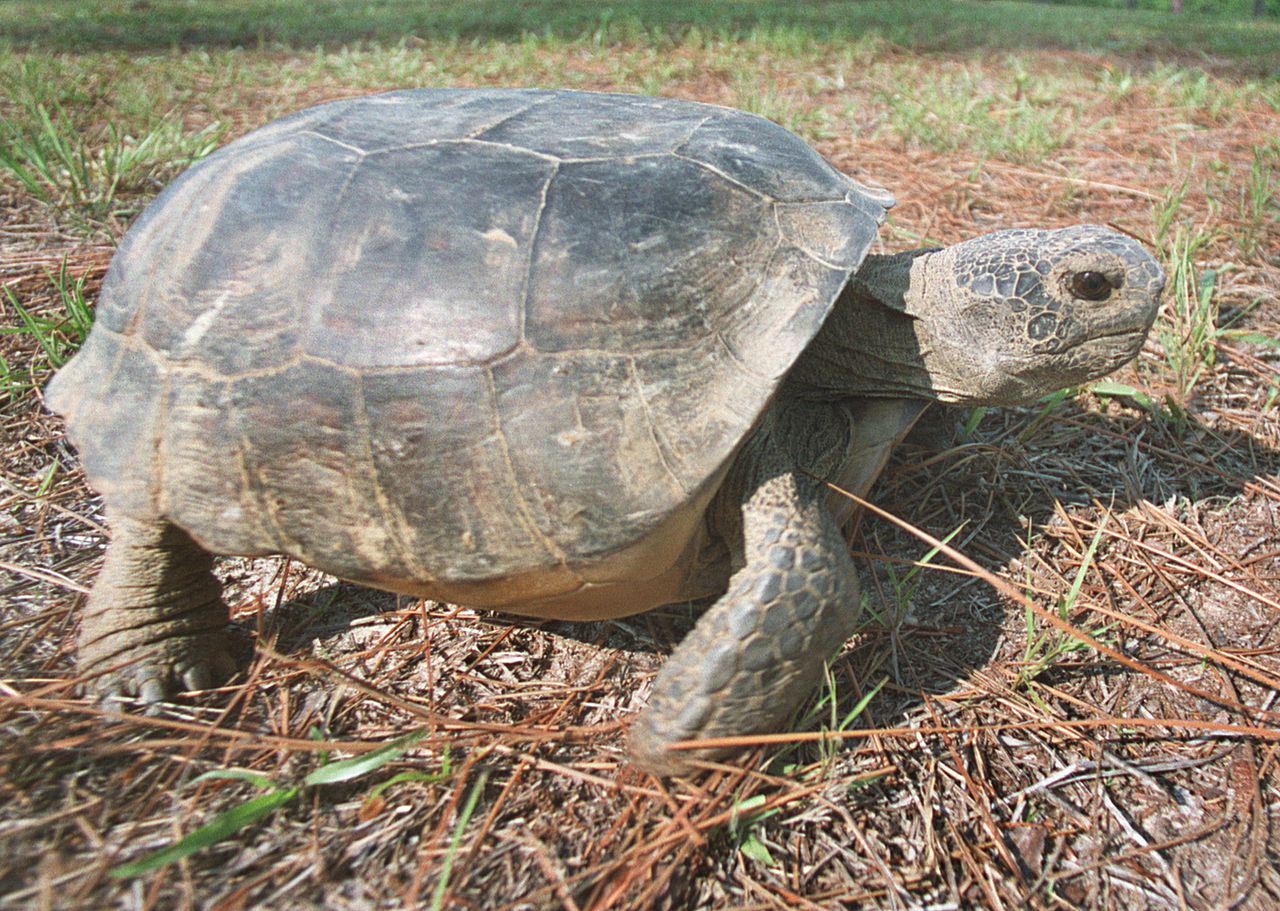Little is expected to change for the gopher tortoise. That could be a problem.
Last week, the federal government denied protections to the gopher tortoise—a keystone species—east of the Mobile and Tombigbee rivers. Though this doesn’t change much for the gopher tortoise in southeast Alabama, conservationists are sounding the alarm that protection is needed for this species.
“Gopher tortoises don’t have the protection they need in southeast Alabama,” Jeffrey Davies, a former biologist for the Alabama Department of Environmental Management, said.
Under the Endangered Species Act, species designated as “endangered” or “threatened” are entitled to certain protections, including protection of their habitat. But U.S. Fish and Wildlife Services officials said last week that the species population east of the two rivers was doing well enough that protections weren’t needed. The species will still be designated as “threatened” on the west side of the rivers.
In Baldwin County and southeast Alabama, the tortoise is still protected by the Alabama Department of Conservation and Natural Resources (ADCNR). Under state law, gopher tortoises are a “protected non-game species,” meaning it is illegal to hunt, possess or trade the reptiles. The state also has conservation programs for the tortoises, including a recent program where ADCNR biologists released around 100 gopher tortoises with transmitters into the Geneva State Forest in Covington County.
But for conservationists, the federal ruling was a blow to the species. Davies has surveyed and relocated gopher tortoise populations in the state and says he wanted the U.S. FWS to extend protections east of the rivers, due to the dwindling population on the east side of the state.
